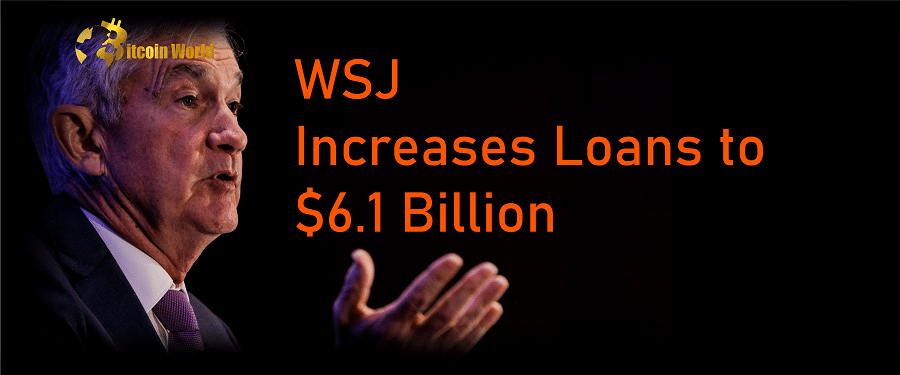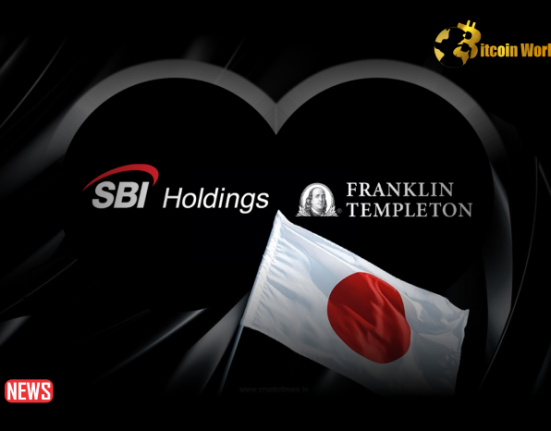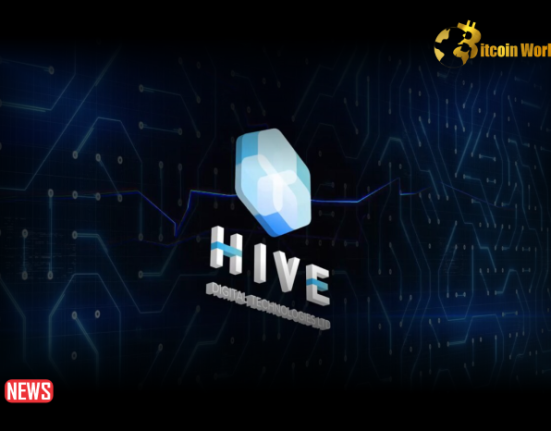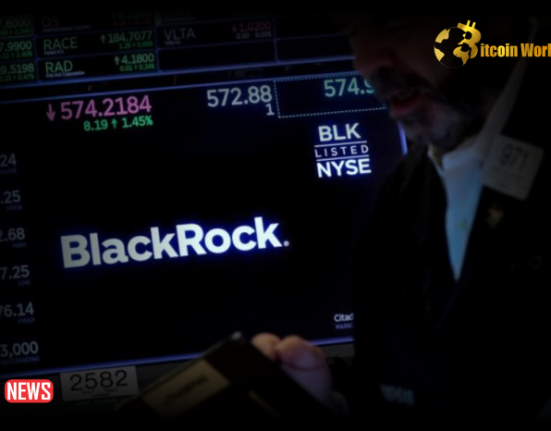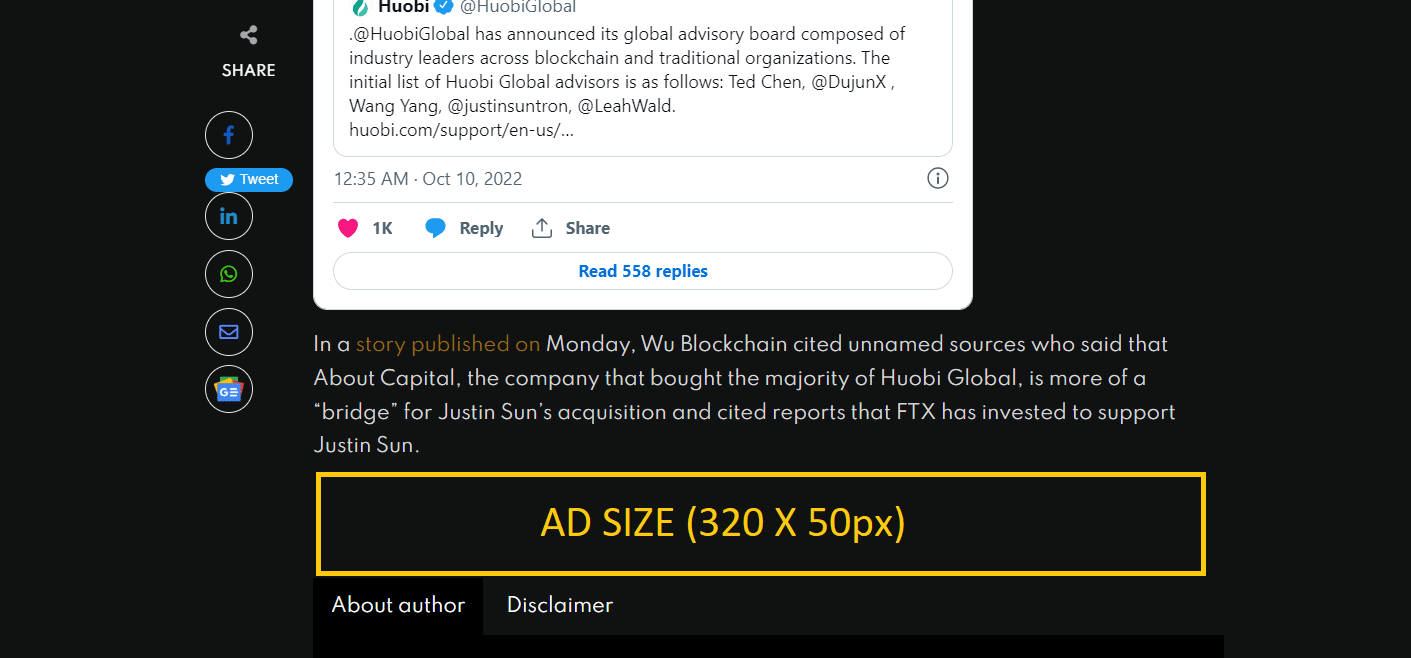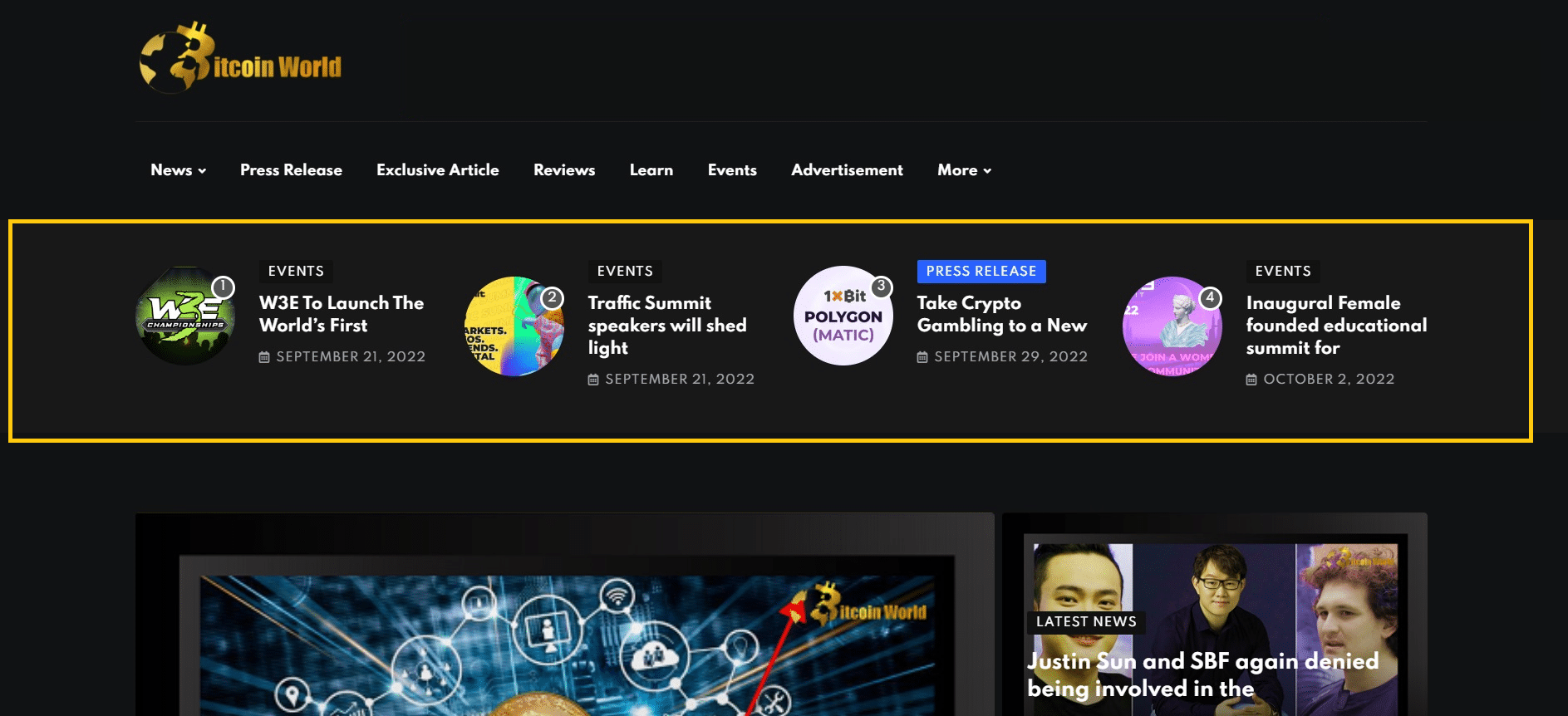Stanley Choi, Block Media Reporter Tether, the company behind the USDT stablecoin, was reported by the Wall Street Journal (WSJ) on January 1 to have drastically increased its external lending over the past year without providing details on the collateral. did.
A Tether representative said, “The customer is giving more collateral and the collateral has the best liquidity.”
Cryptocurrency companies lack liquidity after FTX’s collapse. Genesis, a cryptocurrency lending company, faced bankruptcy after failing to repay its $2.8 billion debt.
The WSJ claimed that Tether’s continuing foreign financing is also worrying investors.
Tether, the largest stablecoin issuer, provides $65.3 billion USDT liquidity to the cryptocurrency market.
“Tether is lending more and more USDT to its customers,” the WSJ noted, and “if a position in the market hits and a substantial quantity of buybacks return, Tether may not have enough liquid assets to pay.”
Tether, based in the British Virgin Islands, discloses only its issue volume and collateral percentage.
Tether’s lent assets were $6.1 billion as of September 30, 9% of its total assets, according to a recent report. This figure is up 4 percentage points from 2021.
Tether stated, “All collateral loans referenced in the report were issued and accounted for in USDT.” Borrowers overcollateralize all loans, which Tether holds in highly liquid assets.
Bloomberg previously stated that a criminal probe into tether would be conducted by the US Department of Justice in 2021 and this year. He also implied that numerous high-ranking Tether employees would face criminal charges related to bank fraud.
On the other hand, Tether responded on November 1 by saying, “Bloomberg has repackaged the news based on anonymous tips and claims from years ago.”
Tether is taking swift action to address media concerns, but it looks that it needs to address market mistrust by publishing an audited balance sheet.

